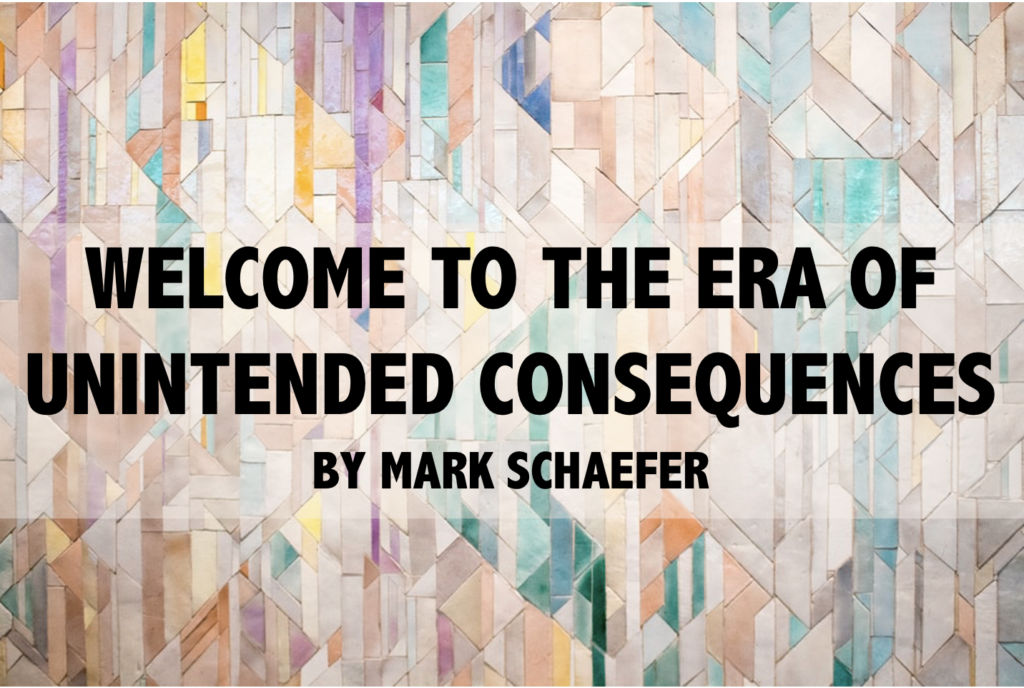
Earlier this year, Traci and Dave Gagnon got married on virtual platform Virbela. It was a hybrid event where part of the wedding happened in “real life” too. It’s a sign of the times. The boundaries between “real” and “digital” are blending into what is increasingly referred to as the ‘metaverse’: a space not limited to virtual matrimony, but one where brands can weave themselves into our digital DNA.









